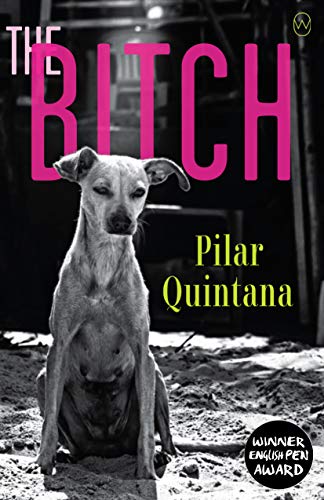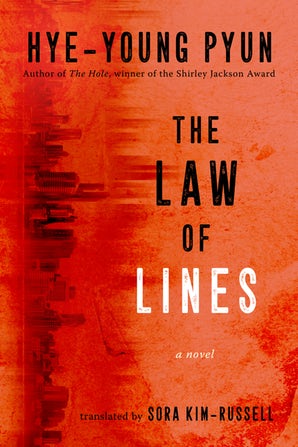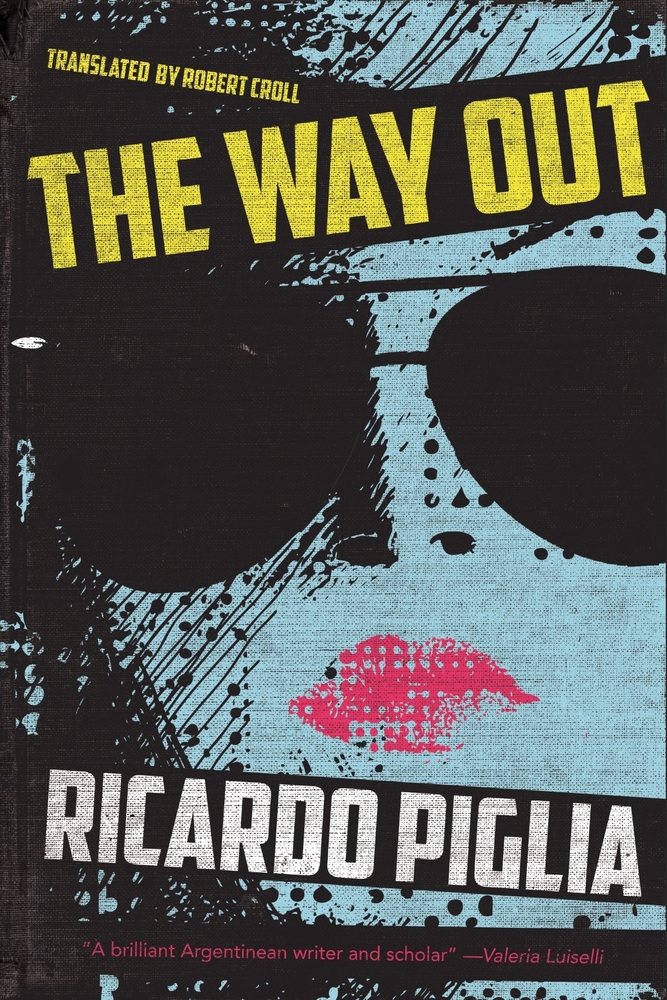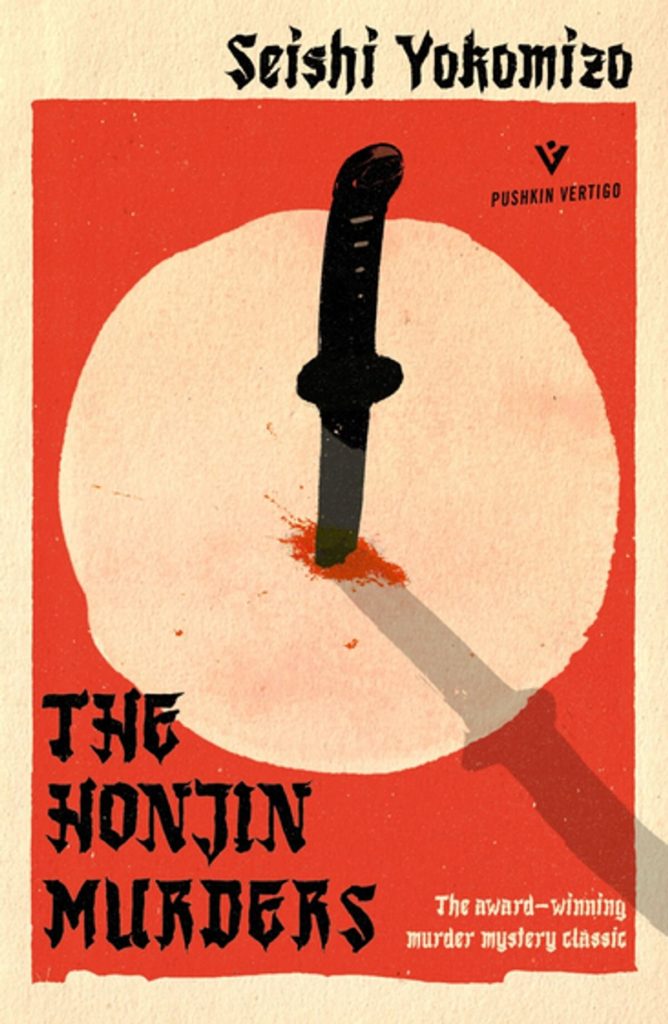The trends this year in international crime fiction are numerous and fascinating. We’ve witnessed a shift away from psychological thrillers, with some veering towards horror and others focusing on pure thrills and chills. Epic historical tales continue to be better executed by international authors than almost anyone in the States; as in the US, narratives of female victimhood have given way to those balanced between the suffering, self-interest and the culpability of their characters.
To paraphrase Elvis, the works on the list below have a little less metaphor and a little more conversation than last year’s list. These books are also drenched in atmosphere, history, and locale, to provide you with a completely immersive experience as the long, cold winter continues. Beware—these works pull no emotional punches.

Pilar Quintana, The Bitch
Translated by Lisa Dillman
(Europa / World Editions)
Colombian author Pilar Quintana’s first work to be translated into English is intense, shattering, and beautiful. When a childless woman adopts a puppy from a neighbor, she’s determined to treat her well, not like how her husband treats the family’s other dogs. As the puppy grows, she becomes increasingly rebellious, and her owner’s fantasy of a substitute child crumbles under her growing anger at the disobedient dog. A meditation on wildness, fear, love, and nurturing, this is also as hard-boiled as they come. –Molly Odintz, CrimeReads Senior Editor

Katrine Engberg, The Tenant
Translated by Tara Chace
(Gallery/Scout)
While Scandinavian detective fiction has been somewhat diluted by the new popularity of folk horror, Katrine Engberg’s The Tenant is classic Scandi noir. The Tenant introduces a charming odd couple of detectives—the back-in-shape and recently divorced Jeppe Korner, who has recently made the dubious decision to bleach his hair blonde, and his happily married partner, Annette Werner. The two are tasked with solving a murder of a young woman, whose face was carved by the attacker into a mockery of paper figurines, and whose death echoes the fictional plots of her drunken landlady far too well for coincidence. –MO

Hye-Young Pyun, The Law of Lines
Translated by Sora Kim-Russell
(Arcade)
This one is pure, hard-scrabble noir. Off of a back alleyway in Seoul, a woman comes back from the store to find her father, burdened by debts, has killed himself in a botched insurance scheme. She vows to track down the loan sharks who drove her father to his desperate act. A few miles away, a school teacher receives notice that her sister has drowned. After a conflict with a student forces her to take a leave of absence, she sets off to reconstruct the last days of her sister’s short and lonely life. The women’s paths intersect as they both grow closer to their respective prizes. But do they seek the truth, or merely small moments of connection and kindness? A harrowing and elegiatic portrait of a vast and alienated cityscape, populated by those who would do anything to keep themselves and their families from slipping under. For some reason, this book also reminded me of Paris, Texas. So now you have to read it and tell me if you agree. –MO

Håkan Nesser, The Summer of Kim Novak
Translated by Saskia Vogel
(Europa / World Editions)
Sultry, strange, and very Swedish, Håkan Nesser’s The Summer of Kim Novak takes place during the repressed days of the early 1960s, where youthful rebellion is bound to come into conflict with older institutions. In this dark coming-of-age thriller, an adolescent boy is sent away to the family lake house while his mother receives treatment for cancer, with his older brother in charge and his taciturn classmate along for the ride. The bored youths soon discover the brother is having an affair with a recent arrival to their small town. Problem is, she’s married—and soon enough, someone’s dead. –MO

Romy Hausmann, Dear Child
Translated by Jamie Bulloch
(Flatiron)
Romy Hausman’s Dear Child takes all the horror of Emma Donaghue’s Room and strips it down to a cold, hard thriller steeped in the atmosphere of Germany’s Black Forest and loosely based on one of the country’s most heinous crimes of recent history, in which a man held his daughter prisoner beneath his home and forced her to bear his children for decades. Dear Child begins with a rescue—a woman and two children found injured in a car crash. Police believe her to be a long-missing woman, but the missing woman’s father recognizes his daughter only in the children. –MO

Victor del Árbol, Breathing Through the Wound
Translated by Lisa Dillman
(Other Press)
Del Árbol’s A Million Drops was one of 2018’s most complex and powerful thrillers. His follow-up, Breathing Through the Wound, cements his place as one of the most exciting voices in contemporary European noir. In his new novel, a painter grieves the loss of his wife and child with a self-destructive odyssey through Madrid, then finds some new purpose when a woman commissions him to paint a portrait of her own son’s killer. The psychological insights are genuinely unsettling, as is nearly everything in the world del Arbol creates, a vision of Madrid awash in humanity, vice, sadness, and art. –Dwyer Murphy, CrimeReads Editor-in-Chief

Patricio Pron, Don’t Shed Your Tears for Anyone Who Lives on These Streets Translated by Translated by Mara Faye Lethem
(Knopf)
Like Paco Ignacio Taibo or Robert Bolano, Argentinian writer Patricio Pron embraces the grand historical and political traditions of noir (and the absurdities of reality). In Don’t Shed Your Tears for Anyone Who Lives on These Streets (a title clearly designed for the post-print era as it would take up most of the column in a traditional print outlet), an activist investigates the death of a writer thirty years before at a 1945 conference on Fascism in Italy. Meanwhile, the activist’s own peers try to decipher his role as revolutionary, freedom fighter, or terrorist. A powerful and cynical meditation on art, politics, and responsibility, both grounded in its setting and the perfect read for our times. –MO

Ricardo Piglia, The Way Out
Translated by Robert Kroll
(Restless Books)
Ricardo Piglia’s The Way Out reads like if Philip Roth wrote an academic mystery novel. An Argentinean writer has come to New Jersey to hide out from the chaos at home, taking delight in the small pleasures of his new American backwater and the glorious skyscrapers of the city next door, and even finds himself taking an American mistress—a fellow professor. When his lover is found dead, Piglia’s narrator must question every facet of his no-longer-paradisical dwelling, in his attempts to evade suspicion and find his own form of the truth. Piglia is interested more in the mysteries of language and human interaction than the murder of one of his characters, and for the philosophically inclined, The Way Out is a treat.–MO

Inès Bayard, This Little Family
Translated by Adriana Hunter
(Other Press)
Like Laila Sleimani in The Perfect Nanny, Inès Bayard begins This Little Family with a shocking slaughter—in Bayard’s case, a woman poisons her child and herself to death, and attempts to do the same to her husband. And as with Sleimani, we continue reading, past the horrifying openers, because now that we see the end at the beginning, we must find out why. And the whys are just as horrifying as the events, as we learn that Bayard’s heroine was brutally raped by her boss, and has born his child, while her inattentive husband rejects every attempt to tell him the truth of her trauma. Filled with rage, disgust, and feminist fury, This Little Family is a compact bomb of a book that forces the reader to pay attention to each and every terrible, beautiful word. –MO

Seishi Yokomizo, The Honjin Murders
Translated by Louise Heal Kawai
(Pushkin Vertigo)
In this well-crafted mystery from master of the Honkaku genre (Japanese puzzle mysteries inspired by Golden Age detective fiction), Seishi Yokomizo, the author first introduced his series detective, Kosuke Kindaichi, who would go on to feature in 77 further adventures. The Honjin Murders was originally published in 1948, and now Pushkin Vertigo has reissued this classic locked room mystery as part of their ongoing efforts to bring the international canon back into print. I encourage everyone to read this tale of wedding festivities marred by symbolic and inexplicable murder, its intricate thrills just as exciting as they were 70 years ago. –MO
Editor’s note: A previous version of this piece mistakenly included a blurb for The Decagon House Murders in place of a blurb for The Honjin Murders. The mistake has now been corrected.

















